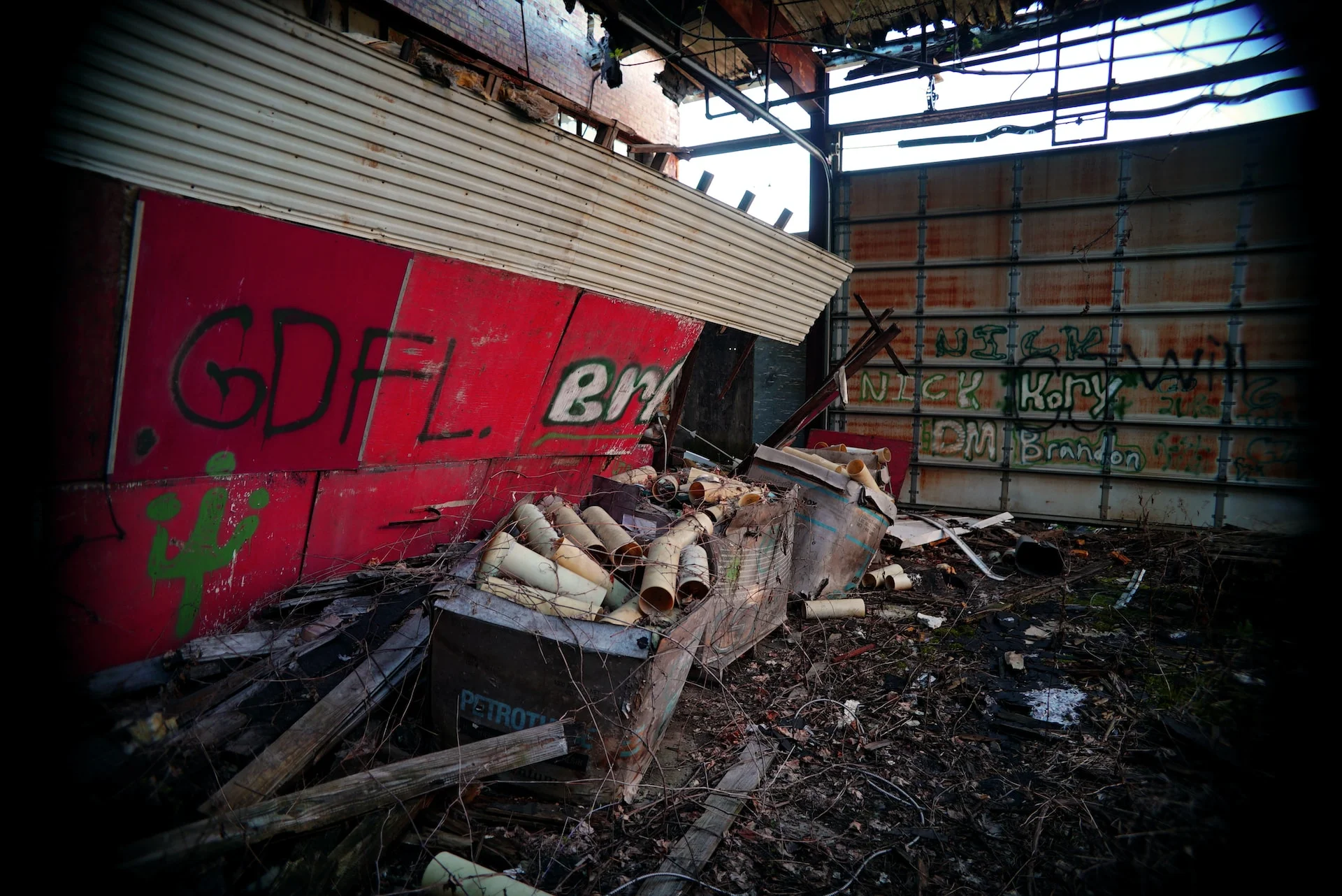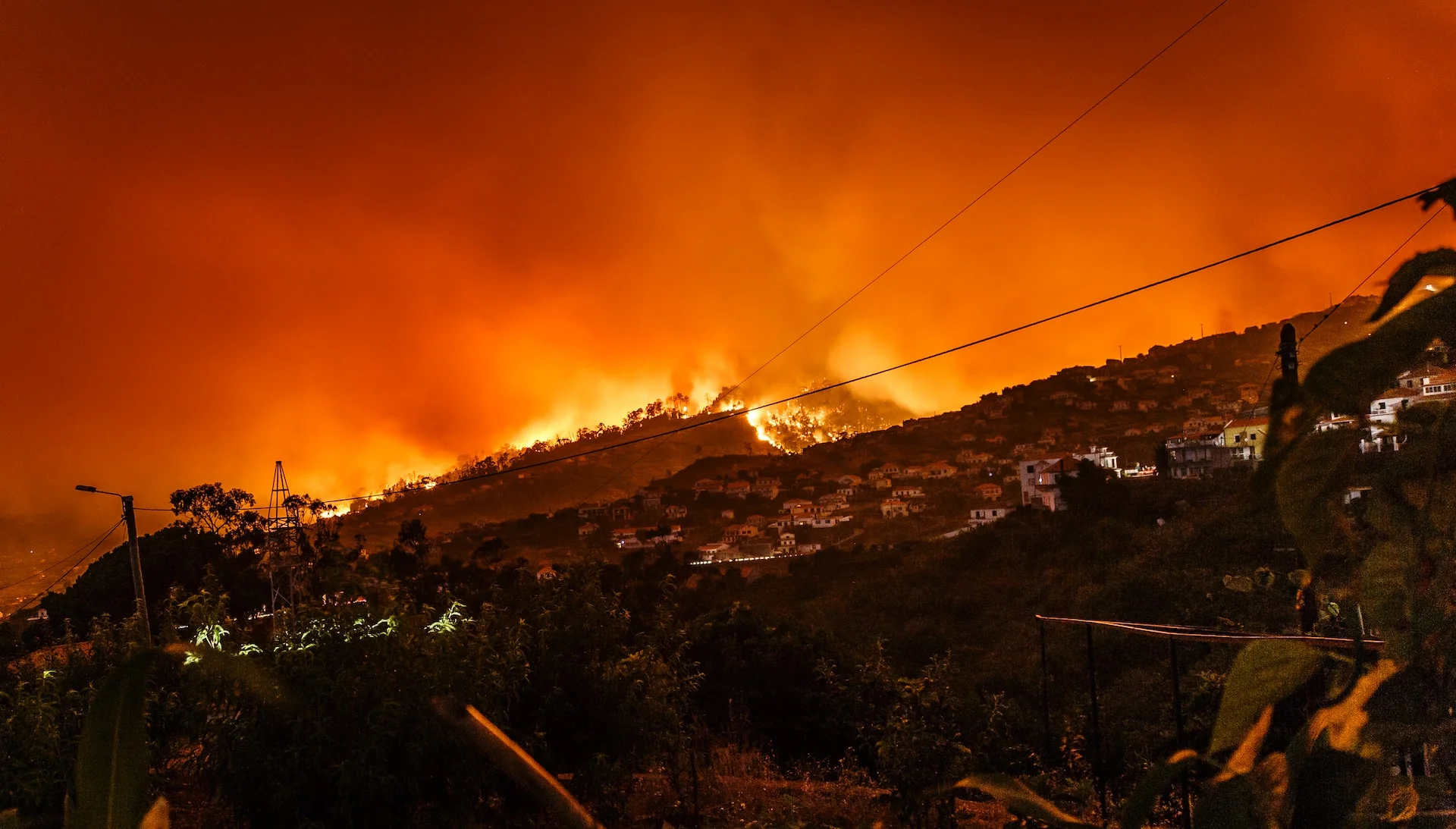Depending where your business is located, you’re likely to face a natural disaster of some kind. Flooding is the most common disaster in the U.S. and the world, warmer coastal regions need to watch for hurricanes, and businesses near dry, forested areas could be impacted by wildfires. All types of disaster have gotten more frequent in recent years, and investing in disaster preparedness now will save your business time and resources later.
In this article, the following points are explained:
1. What is disaster risk management?
1.1 Disaster risk management vs disaster risk reduction
2. What are the phases of disaster preparedness?
2.1. Identify risk
2.2. Assess the risk
3. What are some examples of successful disaster management?
What is disaster risk management?
Disaster risk management is a theory of disaster preparedness that is geared towards avoiding risks, making your business resilient in the event of future disaster risks, and helps your business work toward sustainable development. Disasters covered by disaster risk management include tsunamis, volcanic eruptions, storms, hurricanes, heat waves, and similar extreme weather events.
Disaster risks are any interaction between a disaster event and a vulnerable population or infrastructure. These risks are determined and qualified according to:
- Hazard: What exactly is the threat?
- Exposure: Who or what is exposed to the threat?
- Vulnerability: How vulnerable are those exposed to the threat?
- Capacity: What is the capacity of affected individuals or businesses to react and adapt to the threat?
Disaster preparedness is important because disasters impede business operations and development in several ways. When your business isn’t ready to face disasters, operations can grind to a halt, employee health and safety are compromised, and the cost of recovery can be prohibitively high.
There are several types of disaster risk management, which are not mutually exclusive. In other words, though they focus on different aspects of disaster planning, you can and should combine these different types to arrive at a robust disaster management strategy. The forms of disaster risk management are:
- Prospective disaster risk management, which identifies potential future risks and mitigates them before they have a chance to occur
- Corrective disaster risk management, where you pinpoint and address disaster risks already present in your organization
- Compensatory disaster risk management, which focuses on improving the resilience of affected groups when disaster impacts cannot be effectively mitigated
- Community-based disaster risk management, where the surrounding community is involved in evaluating hazards and devising ways to combat them
- Local and indigenous peoples’ disaster risk management, which combines local knowledge with scientific data to arrive at disaster planning strategies
Disaster risk management vs disaster risk reduction
Disaster risk reduction is another common idea related to disaster preparedness. Whereas disaster risk management entails recovering and building resilience after a disaster, disaster risk reduction means assessing the causes of disasters to lower their chance of occurring. The two concepts are connected, as disaster risk management means applying disaster risk reduction strategies.

What are the phases of disaster preparedness?
Disaster planning and responding effectively to disasters entails applying the principles of general risk management to design, communicate, enact, and benefit from disaster risk management.
Identify risk
The first step towards a disaster preparedness strategy is identifying the risks you are likely to face. Think about where your business is located, the weather patterns in the area, and how long disasters tend to last. That will help you gauge the impact of potential disasters on your operations.
Assess the risk
When you know what events you are likely to face and how long they persist for, adjust your business projections accordingly. How much would your business be disrupted by a disaster, and what does that mean for your profits?
Disaster risk response
Decide what constitutes a response-worthy incident. What’s the level of risk too great for your business to handle comfortably? Knowing the specific events to prevent allows you to create a disaster response plan aimed at stopping them from occurring. Also make sure to define who is in charge of carrying out this plan.
Communicate your plan
There’s no use in disaster preparedness if you don’t make your strategy known. Communicate with your employees at every step of the process, from monitoring potential risks to coordinating response actions. Also make sure to outline how you will ensure business resiliency in the event disasters cannot be managed.
Monitoring and analysis
Finally, remember that disaster risk management is a continuous process. What were the effects of your disaster management policies? Were you successful in eliminating risk? Were there any unexpected longer-term effects of your disaster prevention plan? Answering these questions comprehensively is key to optimizing processes and ensuring continued resilience.

What are some examples of successful disaster risk management?
As mentioned, disaster risk management involves applying disaster risk reduction strategies to lessen the likelihood and impact of potential disasters. Disaster risk reduction strategies focus on the causes of disasters, which are hazards both natural and manmade.
Such strategies can be as simple as improving your warning system. The more advance notice you have of pending natural disasters, the more time you have to address any hazards present in your business. Regularly check local and government weather forecasts and set up emergency alerts so that extreme weather events don’t take you by surprise.
There are many potential hazards in a workplace that could be exacerbated by a disaster. One common category of hazards is fire hazards. The chaos caused when a disaster disturbs flammable or volatile materials can lead to fires. Make sure to relocate any equipment or chemicals that constitute a fire risk before a disaster hits.
Disaster preparedness and employee safety mean identifying evacuation routes ahead of time, and providing easily-accessible emergency equipment for employees. It’s also a good idea to prepare backups for utilities that could be damaged during an emergency, like electricity and heating.
An equally important part of disaster prevention is what you do after the disaster has hit. If you are unprepared to address the fallout or damage caused, your business will be strained. To make sure you can bounce back as soon as possible:
- Allocate money beforehand to repairs, replenishing your stock, and giving employees PTO while you reopen
- Build a network of other businesses and suppliers so that you can resume normal operations faster
- If possible, develop a remote work protocol so delays are less severe
- Identify alternative transportation and supply options in case your supply chain is interrupted
These and other business continuity measures are key to ensuring your business is resilient in the face of disasters. Remaining resilient means having the capacity to cope with disaster risks and disaster consequences, and to do so without suffering in the long term.
Disaster preparedness and disaster risk reduction are easier with a digital checklist app like Lumiform, which lets you conduct inspections from your smartphone no matter where you are. These inspections make it easy to find hazards throughout your workplace, to identify valuable or sensitive equipment that needs to be relocated, and to assemble a disaster kit in case of emergencies.

